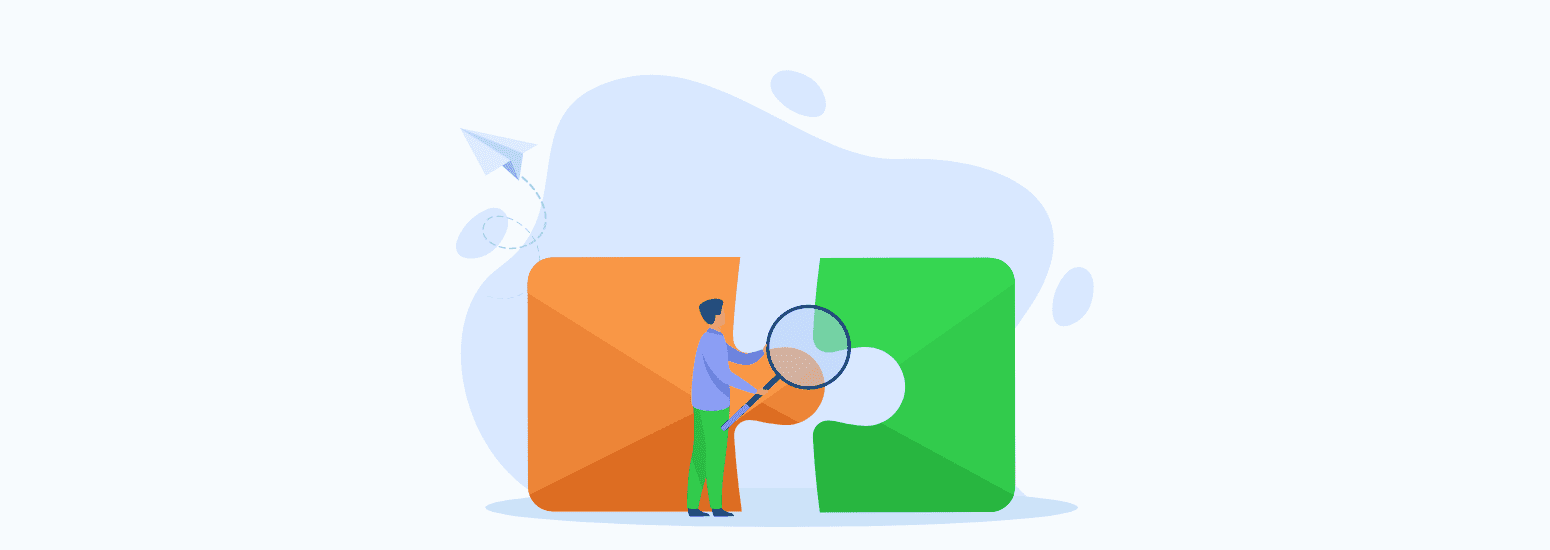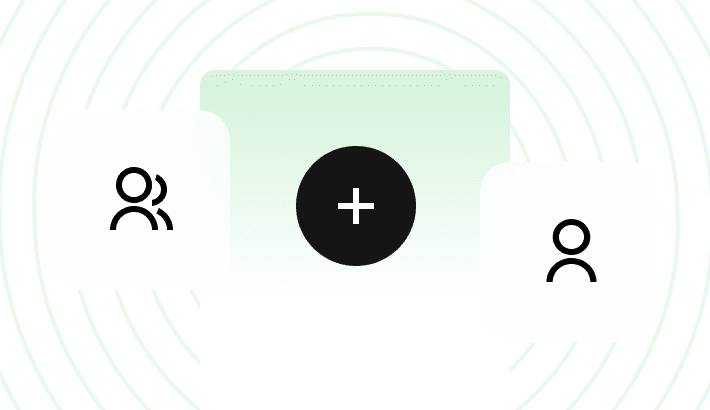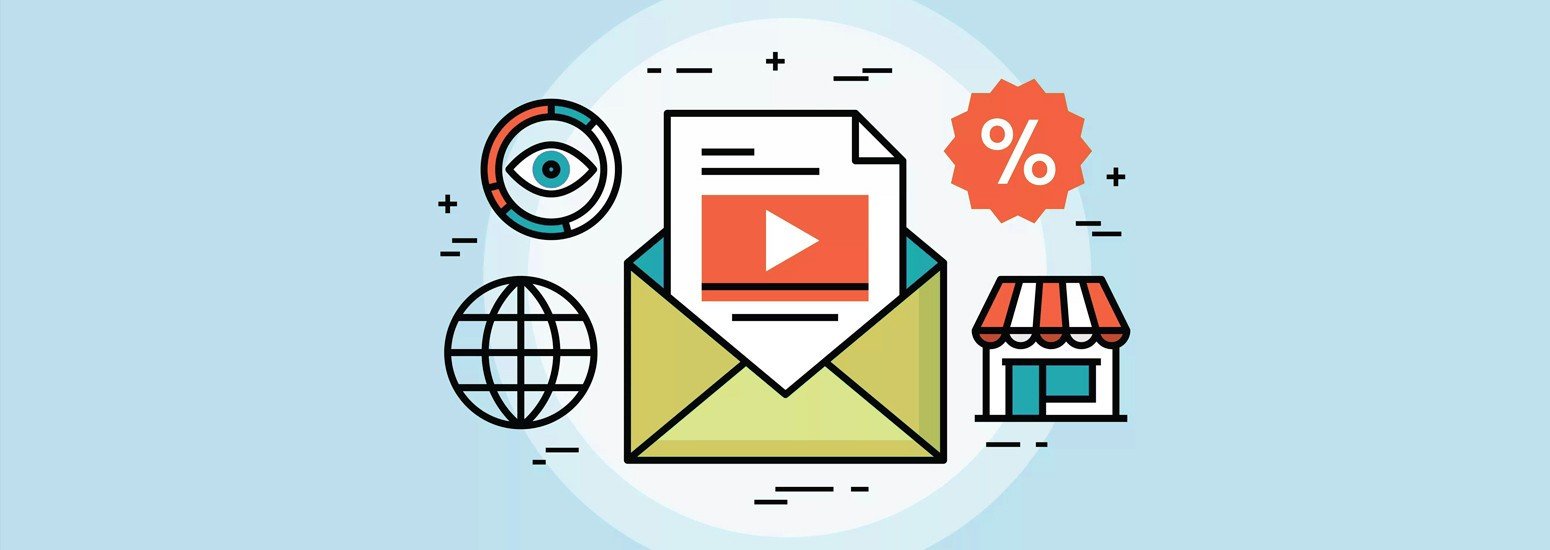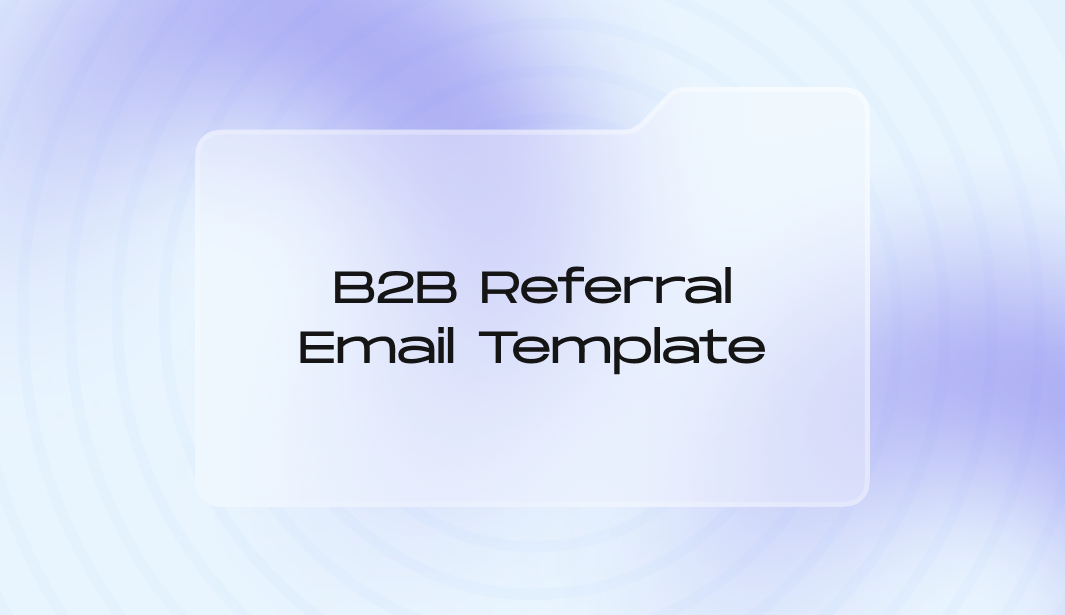
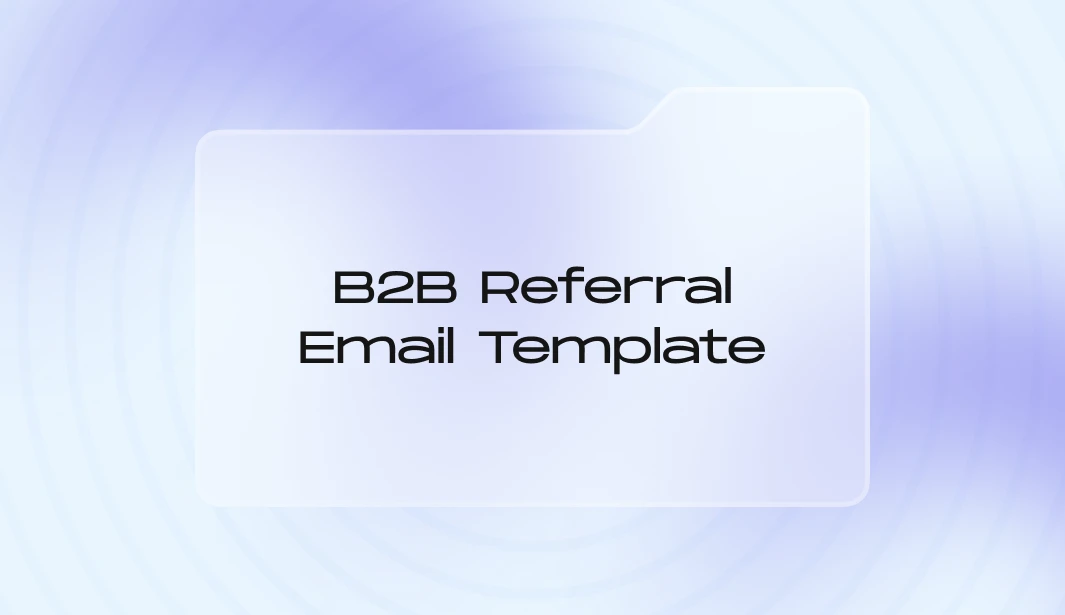
When it comes to driving sustainable growth in B2B marketing, referrals are a game changer. By tapping into the trust and satisfaction of your existing customers, you can unlock a steady stream of high-quality leads with minimal effort. Conducting a customer satisfaction survey can help you identify the most engaged customers, who are likely to refer others. At the heart of this strategy lies the B2B referral email — a simple yet powerful tool for maximizing your referral program’s success.
Introducing a customer referral program can significantly enhance your customer acquisition efforts. By incentivizing loyal customers to refer new clients through rewards, you can create a robust pipeline of potential leads.
Why are B2B referral emails so important?
Referrals outperform traditional marketing strategies by leveraging the power of relationships and trust. Consider these statistics:
- 30% more revenue-generating leads are driven by B2B referrals compared to other marketing methods;
- 78% of B2B referrals create viable customer leads, making them a reliable source for growing your customer base.
With well-crafted B2B referral emails in your marketing strategy, you can build stronger business relationships, increase your reach, and generate leads that truly convert. It’s time to put this powerful tactic to work for your business.
What is a B2B referral email?
A B2B referral email is a targeted email that encourages your existing business customers to refer new clients to your company. Unlike standard marketing emails, referral emails aim to leverage the trust and satisfaction of current customers, who, in turn, introduce your brand to potential clients within their networks. This approach makes B2B referral emails uniquely effective: They bring in leads that already have a trusted recommendation from someone they know and respect, greatly increasing conversion potential.
How B2B referral emails work
In B2B referral programs, companies ask satisfied customers to refer other businesses that could benefit from their products or services. The process often involves a straightforward referral email, which might include:
- an invitation to refer with a quick explanation of the benefits for both the referrer and the new client;
- a clear call to action (CTA), typically encouraging recipients to share a referral link, fill out a referral form, or sign up through a customized landing page;
- incentives or rewards as part of a referral rewards program, motivating current customers to participate.
This referral method enables companies to reach new prospects with credibility and a built-in level of trust, making these leads more likely to convert and develop long-term business relationships.
B2B referral email use cases
B2B referral emails can be tailored for various types of business partnerships and acquisition strategies. Here are a few examples of how they can be used effectively:
- SaaS companies: Software providers can invite current users to refer other businesses in need of similar solutions. For instance, offering a month of service or a discount to both the referrer and the referred customer can be a strong motivator;
- professional services: Firms offering consulting, legal, or financial services may ask clients to recommend them to their partners or clients. For example, a consulting firm could offer a referral fee or exclusive services to clients who successfully refer new business;
- B2B eCommerce: Wholesale suppliers or manufacturers might ask loyal customers to refer new clients in their industry. In exchange, both parties could receive incentives, like a discount on future orders or loyalty points.
In the B2B space, referrals are a trusted and cost-effective way to grow a client base. By incorporating referral emails into your marketing strategy, you’re not just reaching out to random leads — you’re tapping into a carefully built network of clients who are more likely to trust and invest in your offerings.
This method aligns well with B2B goals by establishing credibility, expanding brand reach, and creating valuable partnerships that benefit both your company and your customers. Informing customers about a new referral program can generate excitement and highlight the incentives involved, making it an attractive opportunity for them to earn rewards for referrals.
The benefits of B2B referral rewards program emails
B2B referral emails are powerful tools that can transform how businesses acquire and retain clients. Unlike other marketing strategies that rely on direct advertising, referral emails harness the power of word-of-mouth and trust, essential elements in B2B relationships. Here’s a closer look at why referral emails are invaluable for B2B marketing. Referral marketing software can further enhance the efficiency of referral email campaigns and improve customer relationships.
The impact of referrals in B2B is well supported by data, highlighting just how effective they are for lead generation and customer acquisition:
- 82% of B2B sales leaders believe that referrals produce the best leads when compared to other marketing channels. This is because leads acquired through referrals come with a built-in level of trust, often making them more receptive and faster to convert;
- 65% of companies’ new business is driven by referrals, underscoring how important they are to growth and sustainability.
Why referrals work so well in B2B
In B2B environments, where relationships are critical, referrals offer an ideal way to connect with potential clients. B2B referrals work especially well because they:
- build on existing trust: Business clients are more likely to trust recommendations from other businesses they respect. This credibility eliminates some of the usual barriers in the sales cycle, making it easier to establish rapport with new leads and increasing the likelihood of generating more referred customers;
- strengthen long-term relationships: When a referral is successful, it not only brings in a new client but also enhances loyalty with the existing one, as they feel valued and acknowledged. This mutual benefit strengthens relationships and can lead to continued support and additional referrals.
Referrals don’t just generate leads — they generate better leads. With a referral email program, companies can create a sustainable growth cycle where each satisfied customer can introduce new ones, ensuring a steady stream of qualified leads. Referred clients are also more likely to convert into long-term, loyal customers, contributing to lasting business growth and improving the lifetime value of each customer acquired through referrals.
Tips for crafting a successful B2B referral email
Creating an effective B2B referral email requires more than just crafting a well-written message. By focusing on personalization, strategic segmentation, and perfect timing, you can significantly improve the chances of your referral emails converting. Here’s how to make your referral emails stand out and drive results. A strong referral email subject line is crucial for capturing the recipient’s attention and increasing email open rates.
1. Personalization: Make it relevant and relatable
Personalization in referral emails is crucial. It shows that you’re reaching out with a tailored message, not just a generic request. There are several ways to make your emails more personal and relatable:
- use the referrer’s name: Addressing the referrer by name makes the email feel more direct and friendly;
- tailor the message to industry needs: Customize the email content to reflect the specific industry or business challenges of the client. For instance, if you’re a SaaS provider reaching out to a technology company, mention how your product has helped other tech firms succeed.
These personalization tactics can make your email feel less like a “cold” request and more like a natural extension of the existing business relationship.
2. Segmentation: Target the right customers for better results
Segmentation is essential to getting your referral emails into the hands of those most likely to respond positively. By targeting your top clients, loyal customers, or those with high engagement levels, you increase the likelihood that your email will inspire action. Here are some effective ways to segment your list:
- customer satisfaction: Use feedback, such as Net Promoter Score data, to identify clients who are happy with your service. Satisfied customers are more likely to refer new clients;
- loyalty: Focus on long-term customers or clients who have already made multiple purchases, as they have stronger relationships with your brand;
- engagement: Prioritize customers who regularly interact with your emails, attend events, or engage with your social media content;
- referral program software: Utilize referral program software to segment and target the right customers for referral emails, ensuring efficient tracking and personalized communications.
With segmentation, you don’t send mass emails to everyone on your list — instead, you selectively reach out to those who are most likely to advocate for your brand.
3. Timing: Choose the right moment to ask for referrals
When you ask for a referral is just as important as how you ask. Timing your referral request strategically can make all the difference. Here are some ideal times to send a referral email:
- after a positive customer experience: Following a successful project, a positive review, or great feedback are moments when clients are most willing to advocate for you;
- during key milestones: Celebrating anniversaries or contract renewals can be a great time to ask for a referral, as it reinforces the ongoing partnership;
- after reaching a customer success metric: If a customer has just achieved a significant milestone with your product or service, it’s a great time to ask for a referral, as they’re likely feeling satisfied and accomplished.
Best practices for B2B referral email templates
Designing an effective B2B referral email template requires a strategic approach. By focusing on a compelling call to action, using concise messaging, and avoiding common mistakes, you can significantly improve the likelihood of conversions. Here are some essential best practices for creating B2B referral emails that deliver results. Including a link to the referral program page in the email ensures that recipients have clear instructions and understand the benefits of participating.
Work on a clear, compelling call to action with a referral link
The CTA is the driving force of your referral email. It should be clear, direct, and designed to motivate the reader to take action. Effective CTAs often use action-oriented language that highlights the benefit of participating in the referral program:
- “Invite a Business and Earn Rewards” — highlights both the action (invite) and the reward, giving the recipient a direct incentive;
- “Start Referring and Save on Your Next Purchase” — creates a sense of urgency by focusing on the immediate benefit.
When designing your CTA, ensure it stands out visually. Use bold colors and a clickable button format and place it where it’s easy to spot, usually at the end of the email or alongside the main message. The key is to keep it direct and attractive, driving the reader to engage with minimal friction.
Use concise messaging
In referral emails, less is often more. Referral emails should deliver the main message quickly and clearly to respect the reader’s time and avoid losing attention. A list of referral email templates showcases how concise language keeps the reader focused on the goal — making a referral. To keep your messaging effective:
- focus on the core benefit: Describe the advantage of participating, whether it’s a reward, exclusive access, or a mutual benefit for the referrer and referred client;
- avoid overly detailed explanations: Instead of overwhelming the reader with details, use a simple, structured message that communicates the essential points;
- make it skimmable: Utilize bullet points, subheadings, and short paragraphs to ensure the content is easy to digest.
Avoid common pitfalls
Referral emails should be clear and purposeful, avoiding mistakes that can detract from their effectiveness. Some pitfalls to watch out for include:
- generic requests: A generic request lacks the personal touch needed to resonate with your reader. Instead, try to make the referral request relevant to the client’s relationship with your brand;
- vague benefits: Clearly state the value or reward of participating. Ambiguous messaging can make readers hesitant to act, as they may not understand what they stand to gain;
- unclear referral process: Outline the referral process in simple terms so readers know exactly what to do, whether it’s clicking a link or sharing a unique referral code.
Examples of B2B referral email templates
Understanding what a successful B2B referral email looks like can be incredibly helpful when designing your own. Here are some examples of effective templates, along with a breakdown of the key components that make them work.
Including a unique referral link in your emails can encourage customers to share personalized links with friends and family, enhancing engagement and tracking.
Successful examples of referral emails
- SaaS referral email
- headline: “Help Your Friends Find the Right Tools — and Get Rewarded!”;
- personalization: Uses the recipient’s name and highlights shared benefits, which builds trust and makes the offer feel relevant;
- CTA: “Refer a Friend and Start Earning” — clearly defines the action and benefit, making it easy for the recipient to understand the value of participating.
- Service-based referral email
- headline: “Recommend Our Services and Earn a Reward”;
- concise body: Briefly explains the referral program, focusing on how easy it is to refer and what the reward entails;
- CTA: “Invite a Business Now” — combines action language with immediacy, encouraging the reader to take the next step.
Key design elements
Design plays a critical role in making referral emails effective and easy to navigate. Here are some elements that improve readability and user experience:
- responsive layout: Ensure your email is optimized for both desktop and mobile viewing, as readability across devices is essential for keeping recipients engaged;
- consistent branding: Use your brand’s colors, fonts, and logo to create a cohesive look and reinforce brand identity;
- logical structure: Organize the email with a clear headline, brief body text, and standout CTA. This structure makes it easy for recipients to quickly understand the purpose of the email.
Anatomy of a high-performing template
A successful B2B referral email follows a simple yet effective structure:
- headline: Grabs attention and indicates the benefit of reading further;
- body: Briefly describes the referral program, focusing on the value and steps required to participate;
- CTA: Stands out visually and leads the recipient toward taking action.
Wrapping up
B2B referral emails are a powerful way to expand your business network, leveraging the trust and loyalty of your existing clients. By following best practices — creating a compelling CTA, using concise messaging, and avoiding common mistakes — you can make your referral emails effective tools for generating high-quality leads. Remember, a well-designed referral email can lead to lasting partnerships and sustainable business growth. Start crafting your referral emails today and watch your customer base grow through the power of trusted referrals.
